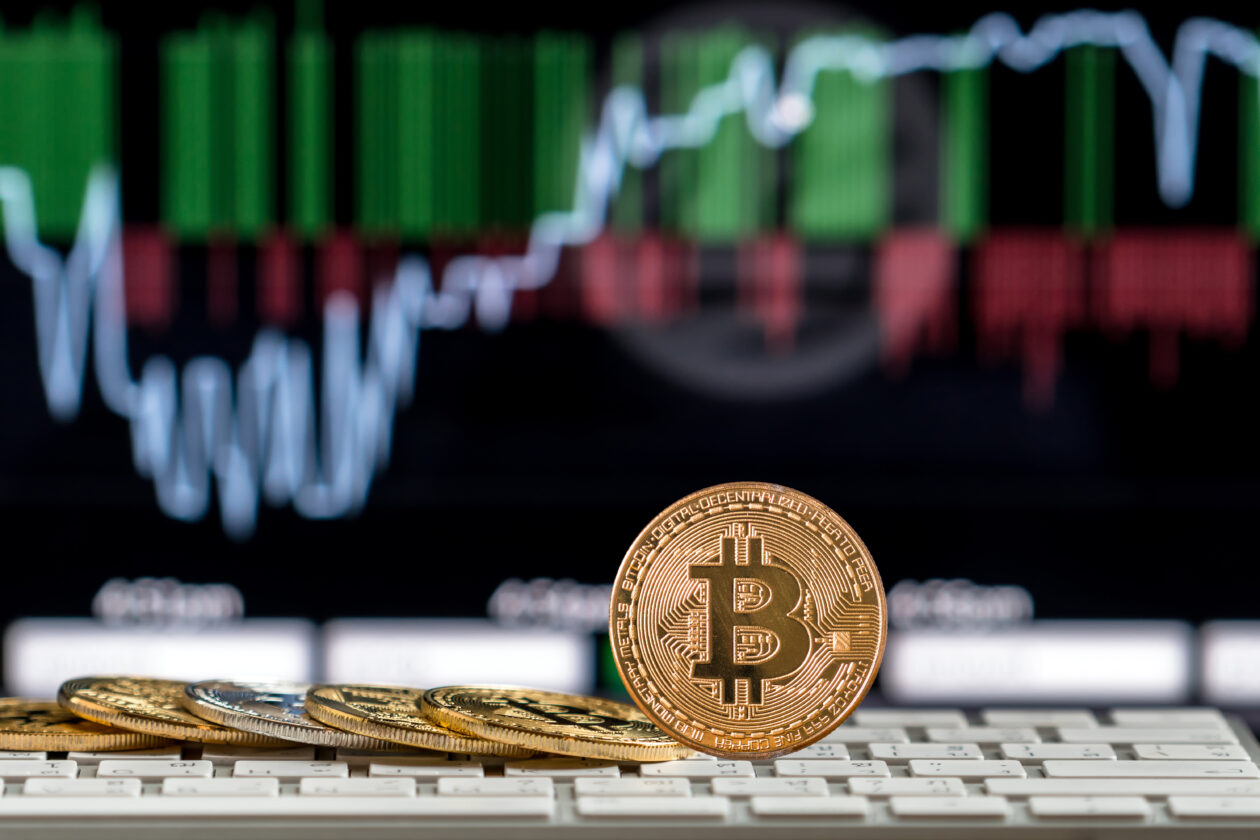Bitcoin, the world’s largest cryptocurrency by market capitalization, rose 21.7% from Jan. 11 to Jan. 18, trading at US$21,212 at 2 p.m. on Wednesday in Hong Kong. Ether gained 18% in the same timeframe, changing hands at US$1,576.
With Bitcoin above the US$21,000 mark, the world’s benchmark cryptocurrency has returned to its price level from before the Nov. 11 collapse of the FTX cryptocurrency exchange. BTC prices have since slipped, trading at US$20,935 at 4.30 p.m. on Friday in Hong Kong.
Kasper Vandeloock, the chief executive officer of quantitative trading firm Musca Capital, attributes the recovery to “slower inflation, interest from venture capitalists and the tech sector.”
Chris Bradbury, chief executive officer of DeFi capital management protocol Oasis, said inflation may have peaked in developed countries and this is the primary driver for crypto and traditional markets. “The feeling also seems to be that the expected recession this year won’t be as deep as initially thought,” he said in an email response to questions.
Bradbury said Bitcoin and Ether are rallying because of the bullish momentum in traditional markets. “Bitcoin, along with most crypto assets, are still heavily correlated and priced like tech stocks, and we have seen most of these also increase in the last few weeks too, but often crypto prices move at an exaggerated rate.”
Vandeloock said that the crypto market is seeing some relief after a difficult year: “Many traders got aggressively short after FTX’s insolvency and they are now looking to get out of their position,” wrote Vandeloock, adding that “Ether has been able to find a bottom sooner than BTC, because of the Merge and interest from DeFi. BTC is simply catching up to what ETH has already done.”
“The impressive price action seen in Bitcoin is clear evidence that investors are now positively accumulating the coin,” Abraham Piha, chief executive officer of Tomi, an anonymous decentralized autonomous organization (DAO), wrote to Forkast. “With Bitcoin mining activity increasing, as evidenced by the recent all-time high in hashrate, it is clear that miners ran out of coins to sell, resulting in more coins for investors to buy.”
Solana’s native token was the week’s biggest gainer among the 10 largest non-stablecoin cryptocurrencies, up 39.3% on the weekly chart, trading at US$22.
The global crypto market cap exceeded US$1 trillion on Jan. 15, for the first time since Nov. 8, according to CoinGecko data. Bitcoin’s US$409 billion market cap currently accounts for 39.86% while Ether makes up 18.5% of the total market cap.
Metaverse tokens gain momentum
Decentraland’s MANA rose 71.1% this past week to trade at US$0.69. This represented the biggest weekly gains in the entire crypto market, according to CoinGecko data. The Sandbox’s native token, SAND, also rallied 42.3%, to change hands at US$0.74.
“The metaverse is the new buzzword in the broader digital and tech ecosystem, and related tokens are benefiting from it. Many investors believe that metaverse protocols will be a major entry point into Web3 for billions of people, so the underlying tokens’ appeal has grown even stronger this year,” wrote Piha.
Vandeloock attributes this surge to the low liquidity of metaverse coins: “People were looking to play altcoins since many were double-digit green over the last few weeks. These metaverse coins are illiquid and have low volume making them the perfect market to play at these times.”
“The liquidity of metaverse tokens is incredibly low, and as always when there are fairly large market movements, you will see lower liquidity tokens have larger than average swings, however, it often isn’t sustainable,” wrote Bradbury.
“If you look at Uniswap, SAND only has US$1.5 million of value locked, MANA even less at US$640,000 – so again, short-term views to try and find conclusions like this are very difficult. The real test will be if things like SAND and MANA can sustain the excess gains they achieved over the next 30-60 days against BTC and ETH,” added Bradbury.
“As Bloomberg’s market strategist, Mike McGlone, correctly pointed out, the current massive Federal Reserve tightening is a significant selling point that has been driving the price of BTC and the market as a whole. With their positive fundamentals, many altcoins are also contributing to the underlying market push,” wrote Piha.
What’s in store for next week?
“Last week, the crypto market cap crossed US$1 trillion several times. We can expect the industry valuation to form support at US$1 trillion while pushing for new highs. However, investors should be wary of monetary tightening in the near term due to interest rate hikes around the world,” wrote Piha.
“The biggest effects on the price of the markets last year came from highly unexpected events, such as 3AC, FTX and so on. It’s likely the recent gains that appeared over the last two weeks will pull back slightly though, this is often what we see during uncertain times – the main question will be if the markets can at least hold onto some of the gains made,” wrote Bradbury, adding that “there is still a lot of uncertainty in traditional markets,” and that the industry “has a lot of trust to get back from all of its issues last year involving centralized parties such as 3AC, FTX and Genesis.”
Despite last year’s events rocking the trust in centralized crypto companies and the wider crypto industry, Bitcoin’s 23% rally in the week through Jan. 15 represents its best weekly performance since Feb. 2021. According to Bloomberg analysts, this usually signals the start of a bigger rally: “Weekly climbs of at least 20% occurred nine times in the past five years, after which the token added an average of 40% over three months.”





